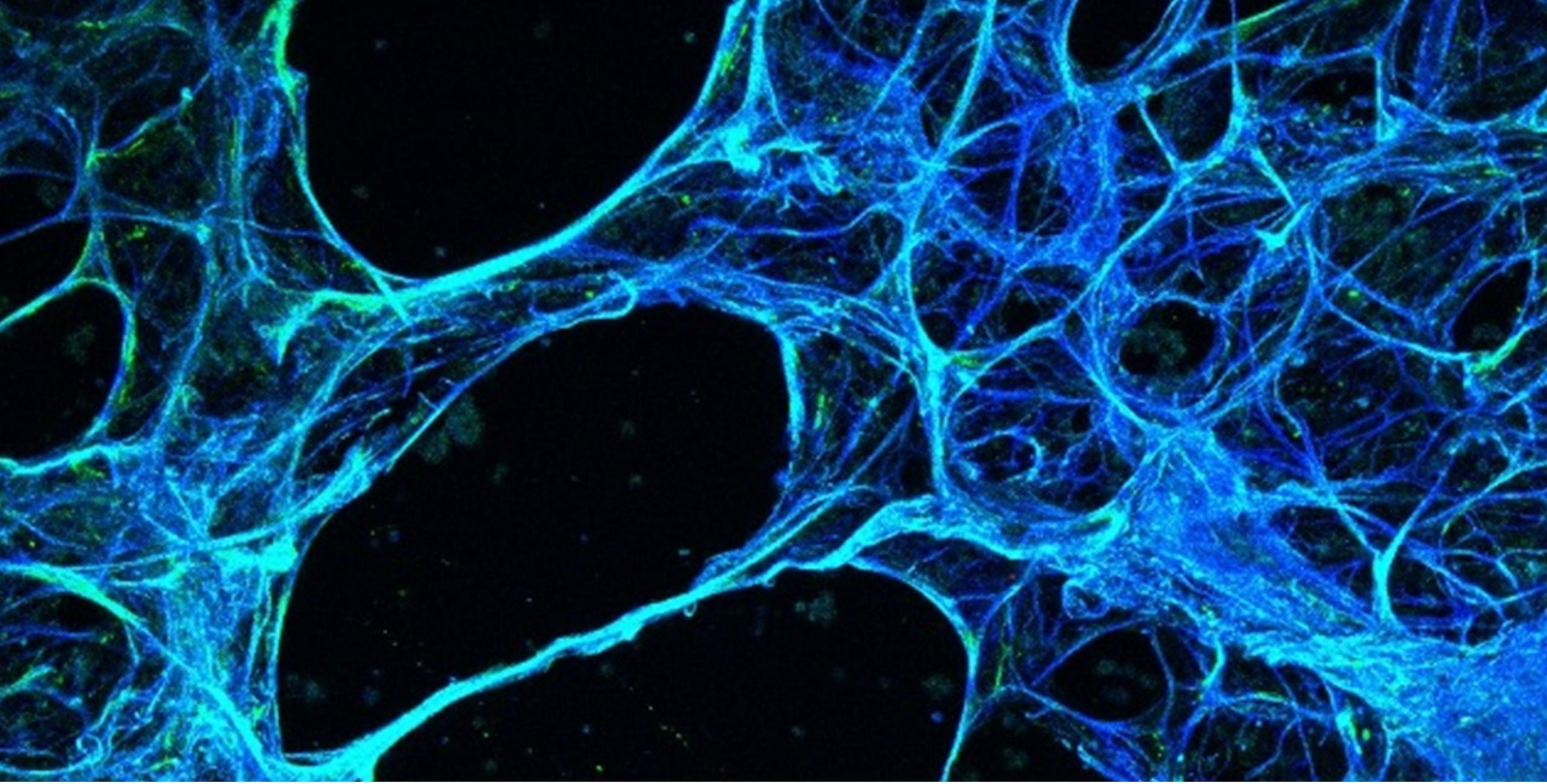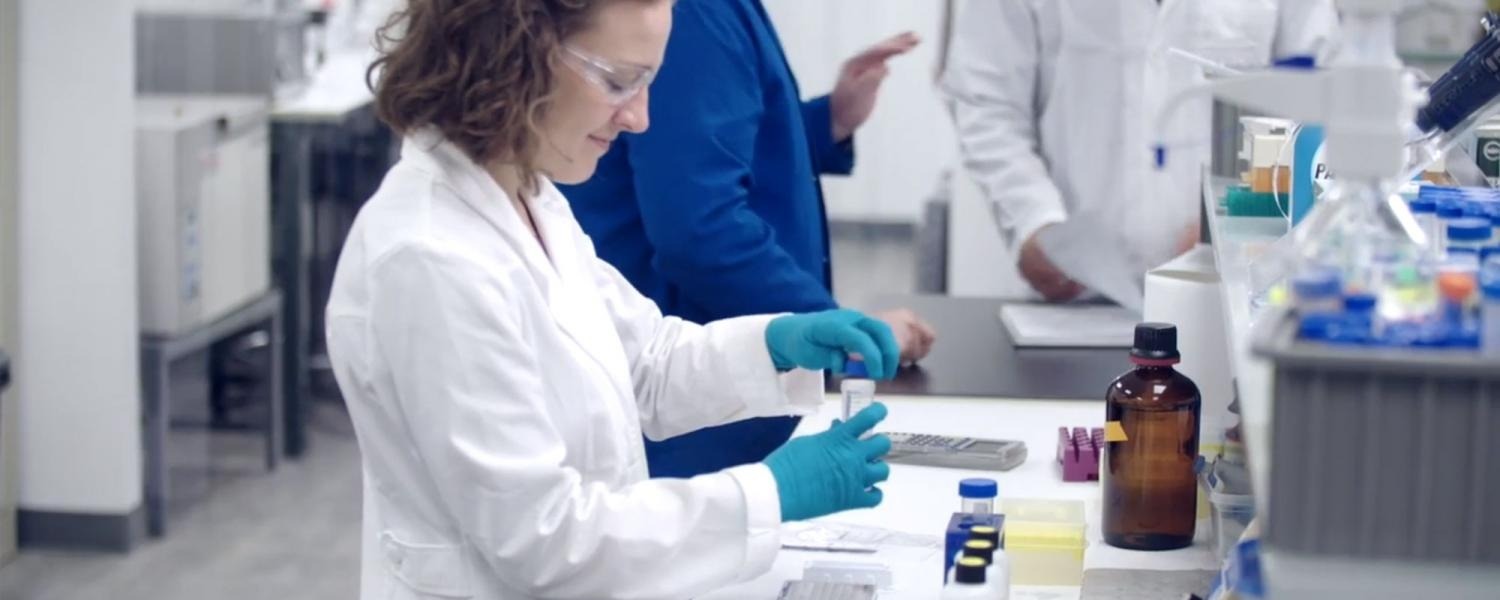Many advanced in vitro cell culture models such as 3D co-culture systems or organ-on-a-chip have been developed in order to recreate the cellular complexity and architecture seen in vivo. At Visikol, we use many different types of 3D cell culture models to evaluate the efficacy, toxicity and PK/PD of potential therapeutics. However, a short-coming of these models is that they still cannot fully recapitulate the complex cellular structure and interactions of in vivo tissues. Furthermore, generating iPSC derived models de novo to increase complexity and improve in vivo functionality greatly increases challenges associated with validating the model and the reproducibility of any assays. Therefore, in our efforts to continually improve our advanced cell culture service portfolio, we have begun to offer precision cut tissue slices (PCTS) as an ex vivo culture model wherein ultrathin slices are taken from living tissues from animals and humans and subsequently cultured. Because PCTS are taken from living animals, they are able to better recapitulate in vivo tissue architecture, cellular heterogeneity and surrounding extracellular matrix (ECM). In addition, cell-cell and cell-ECM interactions are fully preserved in PCTS.
Like all cell culture models, PCTS have their respective advantages and disadvantages and we see them fitting into our drug discovery services to address specific types of research questions where the most physiologically relevant model is required. For example, human PCTS can be used to bridge the translational gap between animal studies to human whereas the use of mouse PCTS to predict drug efficacy prior to preclinical studies can reduce the number of animal experiments. While PCTS better mimic in vivo systems compared to traditional spheroid and organoid 3D cell culture models, they are more expensive and lower throughput due to the sourcing requirements as well as the processing required to obtain and generate them and are thus not applicable to all applications.

PCTS can be generated from explanted human tissues, diseased human tissues or animal models of diseases using a specialized vibrating microtome that can reproduce tissue slices with precise thickness. These tissue slices (~250um) retain the tissue structure and cellular components within and can be cultured ex vivo up to 5 to 15 days under optimized conditions. Fibrosis models can be generated ex vivo by treating PCTS with pro-fibrotic cytokines such as transforming growth factor beta (TGFb), platelet-derived growth factors (PDGFs), a cocktail of free fatty acids or organic compounds such as carbon tetrachloride (CCl4). For example, non-alcoholic fatty liver disease (NAFLD) can be induced by treating liver slices with a cocktail of linoleic and oleic acids. Fat accumulation can be detected in human PCLS after 24 hours, suggesting the usefulness of PCLS as a fatty liver model.
In addition to fibrosis induction models, PCTS from diseased tissues can also be used as a drug screening platform to test the efficacy of anti-fibrotic drugs or as a tool to study drug metabolism. One of the major benefits of PCTS is that patient-derived biopsy tissue can be used to predict treatment efficacy for personalized drug testing. Since PCTS can be an invaluable tool in drug discovery research, Visikol has thoroughly built out this biological platform as an additional tool for use in its drug discovery research services and has used it with Clients for a wide range of research applications such as using human liver PCTS to screen for anti-fibrotic compounds. This ex vivo model when coupled with high content imaging and biochemical analyses is a robust platform for translational drug discovery research and provides Clients a great level of in vivo recapitulation while also providing moderate throughput.

